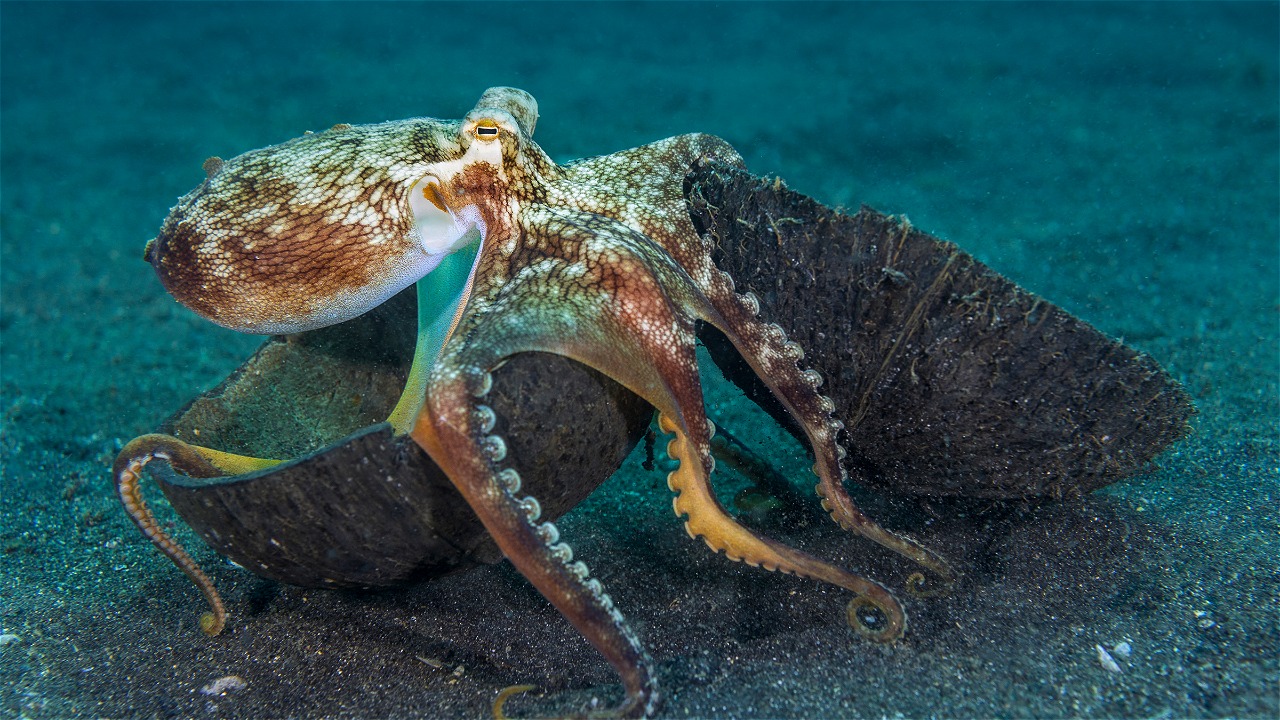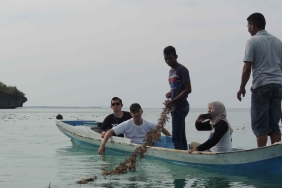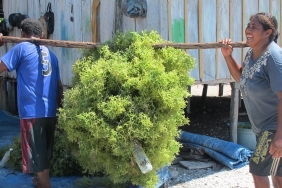COMMEMORATING "THE HEAD WITH LEGS" DAY
Among the colorful coral reefs on the seafloor, cephalopods live alongside a variety of animals such as sea snakes, turtles, porifera, starfish, clams, lobsters, and others. These carnivorous animals live by eating other smaller animals, including sea snails, fish and shrimp.
If under the sea they are quite feared predators, above the sea cephalopods are a favorite dish for humans. Squid, cuttlefish, and octopus, three animals that fall into the cephalopod category, are in high demand in the local and foreign culinary world. In various restaurants, they are often cooked into various delicious preparations that are high in nutrients.
Unfortunately, the popularity of cephalopods in the culinary world has resulted in a decline in their population. This drastic decline is the result of massive human harvesting. Year after year, as market demand increases, the population of marine animals including cephalopods continues to decline in local and foreign waters. Illegal vessels fish for octopus in large quantities and then dump the species, which is of undesirable quality and size, into the sea as waste. That's just one example. Catches are also made with nets with small holes so that immature animals are caught. Illegal fishers fish in shallow waters that are supposed to be breeding grounds for many marine species. It is the use of illegal fishing techniques such as these that have damaged coral reef ecosystems and thus made cephalopods one of the animals that face a major threat to the survival of their species.
Cephalopod Day
October is an important month where the existence of cephalopods is commemorated and celebrated internationally through Cephalopod Day which takes place over five days, October 8-12.
It is fitting that these invertebrates are admired by humans and given more attention. Not only because they have become a source of nutrition for humans, but because they are also living creatures that have an important role in the marine ecosystem and deserve protection for the survival of their species.
During Cephalopod Day, citizens of the world are reminded how unique these marine animals are when they are not being fed by humans. Beneath the depths of the sea, in the comfort of their habitat, cephalopods are soft animals or mollusks that have a high level of intelligence. They have highly developed nervous systems and are good at hunting because of their ability to camouflage. They are also good at avoiding enemies because they can see clearly with eyes that resemble high-resolution cameras. Their eyes are similar to human eyes with an eye lens and iris.
The legs or tentacles on their heads make cephalopods often called "the head with legs". Their tentacles are equipped with suction devices to catch prey. Squid and cuttlefish have 8 legs that function to catch and 2 long tentacles to suck. While the octopus has 2 arms and 6 legs. Cephalopods also have ink sacs. When enemies come, they spray ink to make the water cloudy and give them a chance to escape.< br />
Carnivorous species like cephalopods can grow large quickly. The giant Pacific octopus from the Pacific Ocean can reach a length of 7 meters and weigh 71 kg. In 2007, a 4.5-meter squid weighing 495 kg was caught in Antarctic waters by New Zealand fishermen. Perhaps it was the presence of these huge animals that inspired the legend of the Kraken monster centuries ago. The Kraken, which is described as a giant cephalopod monster, has a terrifying figure that many writers have borrowed as a character in various works of fiction.< br />
During Cephalopod Day, global citizens need to understand the important role these animals play in the survival of other species, including humans. The ethics of catching cephalopods for food have not been considered. Should the existence of cephalopods eventually become a myth?





